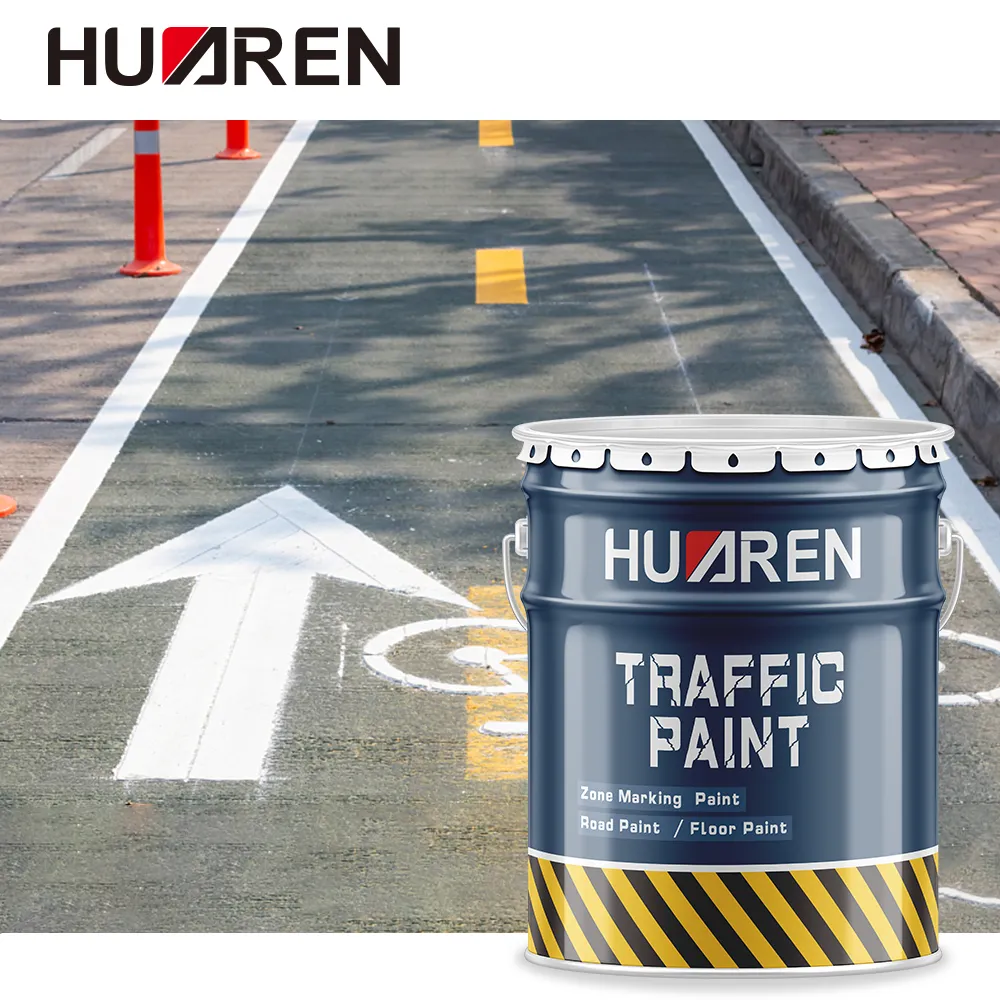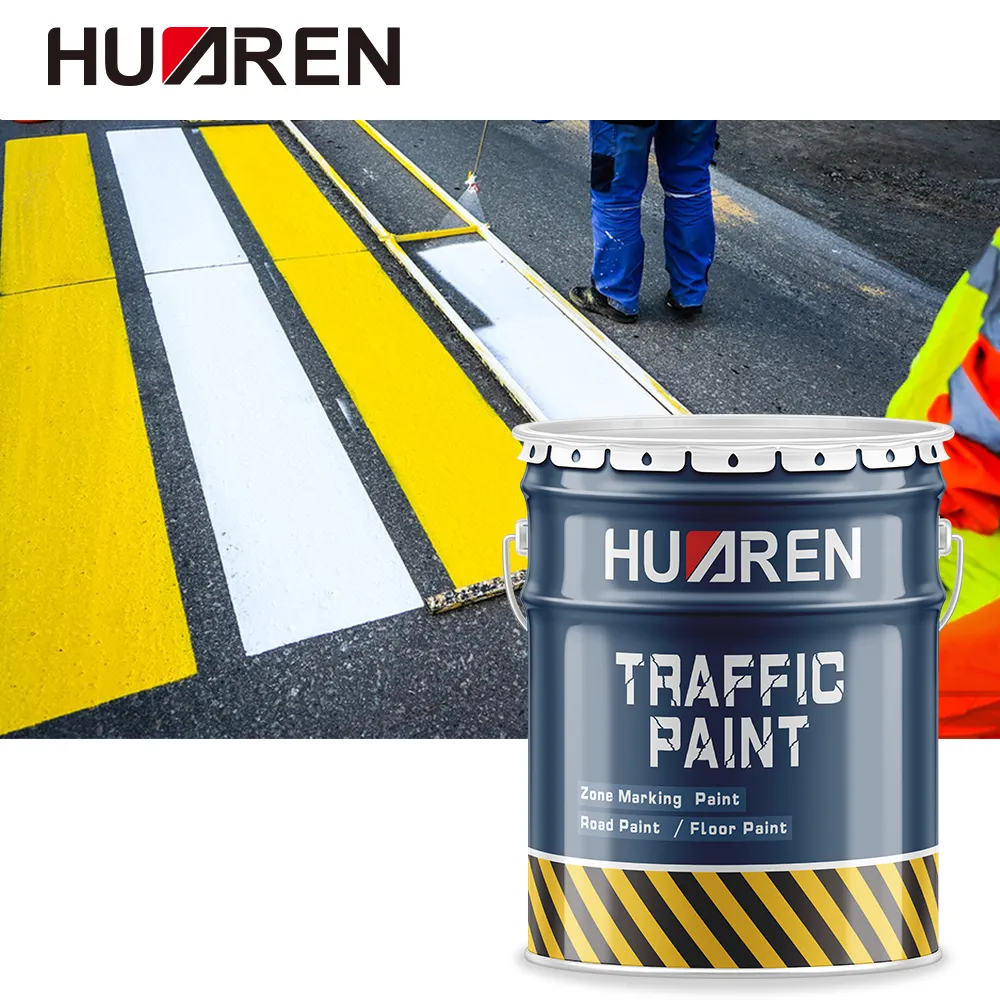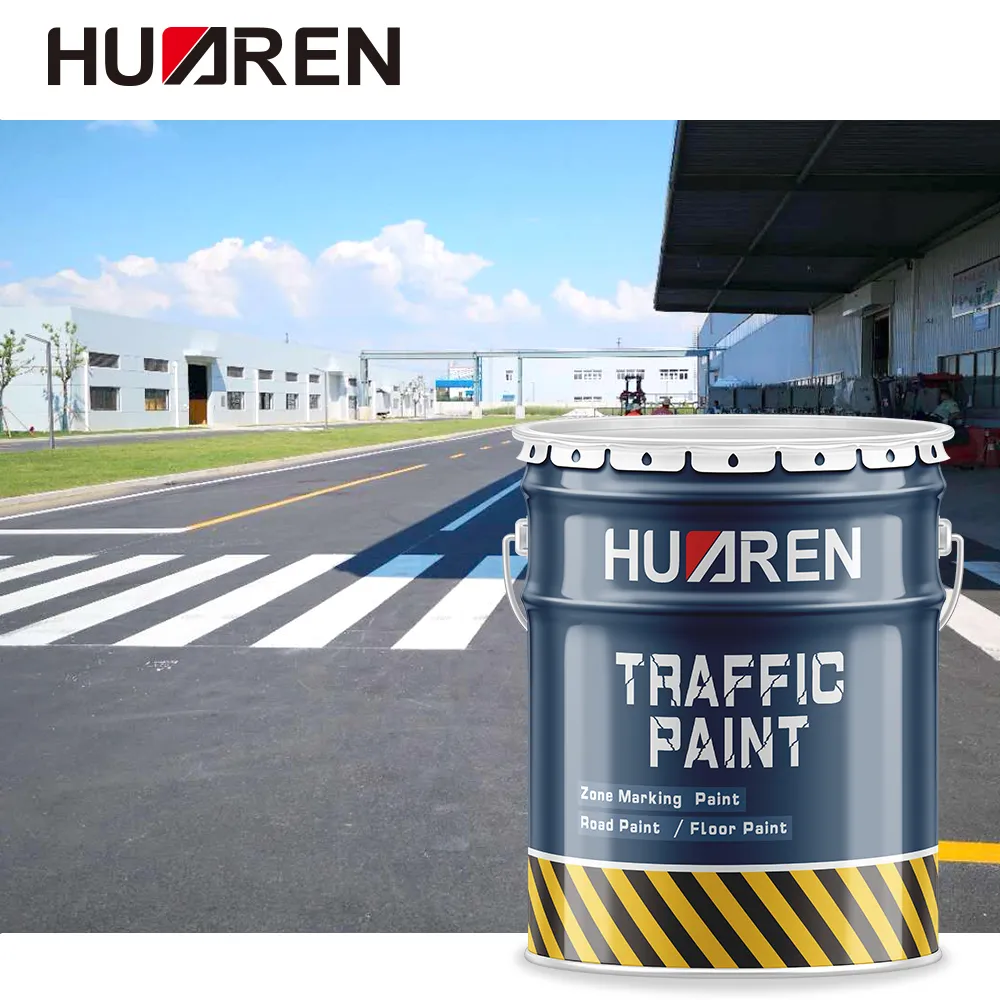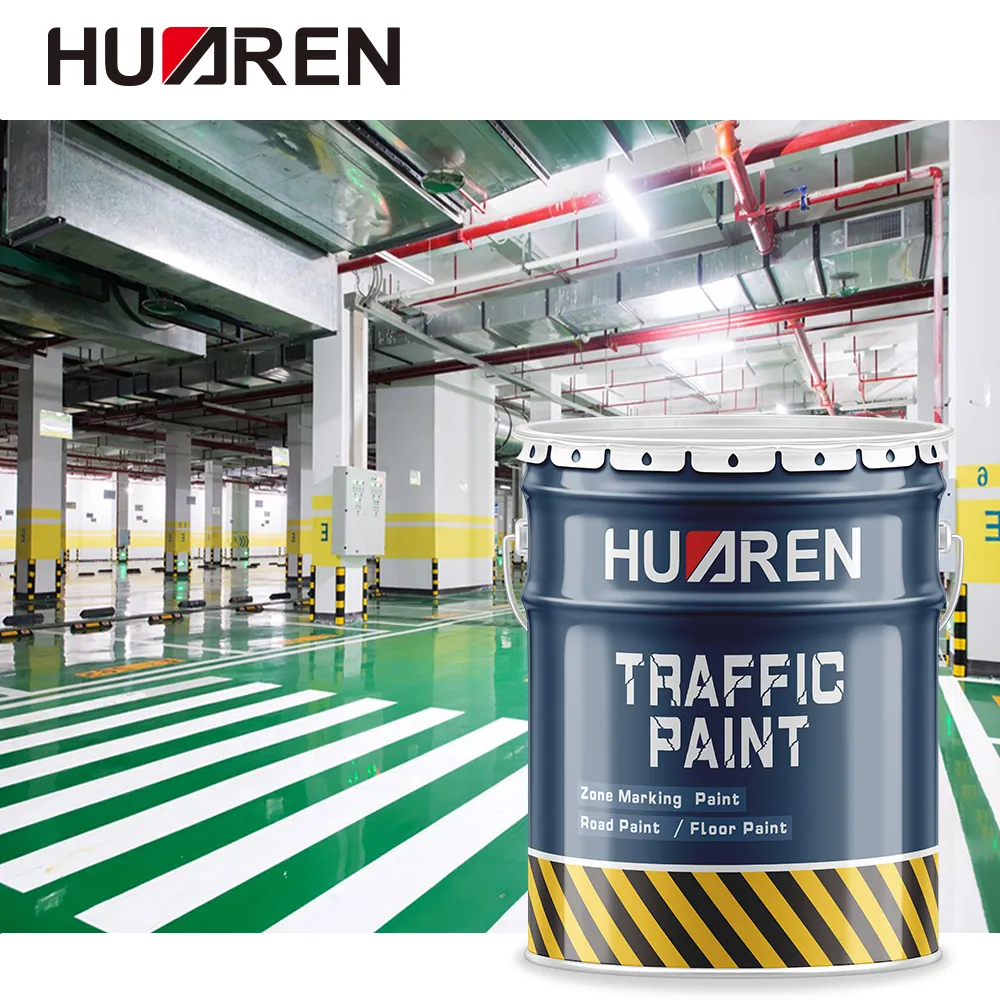Spraying white traffic paint is a very common operation in road markings and traffic facilities. White traffic paint is used to divide lanes, mark pedestrian crossings, parking spaces, etc. Its clarity and reflectivity are essential for traffic safety. When applying white traffic paint, a common question is whether primer is needed.
This article will discuss in detail whether primer is needed when spraying white traffic paint, and analyze it from multiple aspects such as the role of primer, construction process, different surface conditions, and the advantages and disadvantages of primer.

What is the role of primer?
Primer is a coating used before spraying topcoat. It has many important functions, such as improving adhesion, sealing the substrate, enhancing anti-corrosion properties, and providing a uniform base color.
1. Improving adhesion: Primer can enhance the adhesion between the topcoat and the substrate, preventing the topcoat from peeling and bubbling.
2. Sealing the substrate: Primer can seal the pores of the substrate to prevent impurities and moisture in the substrate from penetrating into the topcoat and affecting the quality of the paint film.
3. Enhanced anti-corrosion performance: Primer can provide additional anti-corrosion protection and extend the service life of the coating.
4. Provide uniform base color: Primer can provide uniform base color, avoid the influence of the base color on the topcoat color, and improve the hiding power of the topcoat.
Is primer needed for spraying white traffic paint?
Whether primer is needed when spraying white traffic paint depends on the specific construction process and substrate conditions. The following are several common situations:
1. Newly paved road surface:
Newly paved asphalt or concrete pavement is usually relatively flat, but there are also some pores and impurities. In this case, the use of primer can provide a uniform base color and improve the adhesion and hiding power of white traffic paint. Primer can also seal the pores of the pavement to prevent impurities from penetrating into the topcoat and ensure the stability of the paint film.
2. Renovation of old pavement:
After long-term use, the old pavement may have oil stains, cracks and wear on the surface. The use of primer is particularly important when renovating. Primer can seal cracks and pores, provide a flat base surface, and improve the adhesion of white traffic paint. In addition, primers can prevent the influence of oil and other pollutants on the topcoat, ensuring the integrity and durability of the paint film.
3. Substrates of different materials:
Substrates of different materials have different requirements for primers. For example, metal substrates usually require the use of anti-rust primers to provide additional anti-corrosion protection. Plastic substrates require the use of special primers to improve the adhesion and durability of the topcoat. When spraying white traffic paint, choosing the right primer according to the different substrates can significantly improve the quality and service life of the coating.

What are the advantages and disadvantages of primers?
Although the use of primers can improve the quality of the coating, there are also some disadvantages. The following is an analysis of the advantages and disadvantages of primers:
1. Advantages of primers:
● Improve adhesion: Primers can significantly enhance the adhesion between white traffic paint and the substrate, preventing the paint film from peeling and blistering.
● Seal the substrate: Primers can seal the pores and impurities of the substrate, provide a flat base surface, and improve the hiding power and gloss of the topcoat.
● Enhance anti-corrosion performance: Primers can provide additional anti-corrosion protection and extend the service life of the coating.
● Improve construction efficiency: Primer can provide a uniform base color, reduce the amount of topcoat, and improve construction efficiency.
2. Disadvantages of primer:
● Increase construction steps: Using primer requires an additional construction step, which prolongs construction time and cost.
● Environmental impact: Primers usually contain solvents, which may have a certain impact on the environment and construction workers. Appropriate protective measures need to be taken during construction.

Practical application case analysis
In order to better understand the role of primer in spraying white traffic paint, the following are several practical application case analyses:
1. Highway marking construction:
A new round of road marking construction was carried out on a highway, and the construction team chose to use primer. First, the newly paved asphalt pavement was cleaned and polished, and then a layer of epoxy primer was sprayed. After the primer dried, white traffic paint was sprayed. After several hours of drying, the markings were clearly visible and the reflective effect was significant. After years of use, the markings are still in good condition, without obvious wear and fading, which significantly improves the traffic efficiency and safety of the road.
2. Urban road renovation:
A city road was renovated, and the construction team thoroughly cleaned and repaired the old road surface. Since there were many cracks and oil stains on the old road surface, the construction team chose to use primer. First, a layer of high-adhesion acrylic primer was sprayed to close the cracks and pores. After the primer dried, white traffic paint was sprayed. After the construction was completed, the markings were clear and beautiful, and could provide good guidance at night and in bad weather conditions. After years of use, the markings are still in good condition, without obvious wear and fall off, which significantly improved the traffic efficiency and user experience of the road.
3. Airport runway marking construction:
An international airport repainted the runway and parking spaces, and the construction team chose to use primer. First, the runway surface was thoroughly cleaned and repaired, and then a layer of anti-corrosion primer was sprayed to enhance adhesion and anti-corrosion performance. After the primer dried, white traffic paint was sprayed. After several hours of drying, the runway markings were clear and eye-catching, and could provide good guidance at night and in bad weather conditions. After years of use, the markings on the airport runway remain bright, greatly improving the safety of flight takeoffs and landings.

Situations where white traffic paint is not used with primer
Although there are many benefits to using primer, in some cases you can choose not to use primer and directly spray white traffic paint. For example: construction time is tight, the road condition is good, and you can choose not to use primer in these cases for short-term use.
1. Construction time is tight:
In emergency construction and repair situations, in order to restore traffic as soon as possible, you can choose not to use primer and directly spray white traffic paint. Although this practice may affect the durability of the coating, it can complete the construction and restore traffic in a short time.
2. Good road condition:
On newly paved asphalt or concrete pavement, if the surface is flat, free of cracks and impurities, you can choose not to use primer and directly spray white traffic paint. At this time, white traffic paint can provide sufficient adhesion and covering power to meet the basic requirements of marking lines.
3. Short-term use:
In some temporary construction and short-term use scenarios, you can choose not to use primer and directly spray white traffic paint. Although the durability of the coating is poor, it can meet the needs of short-term use and save construction time and cost.

